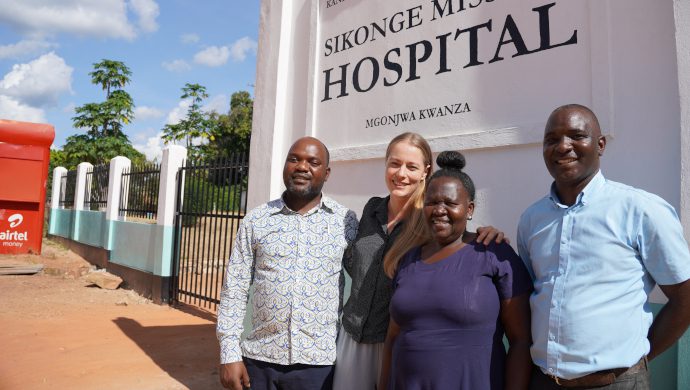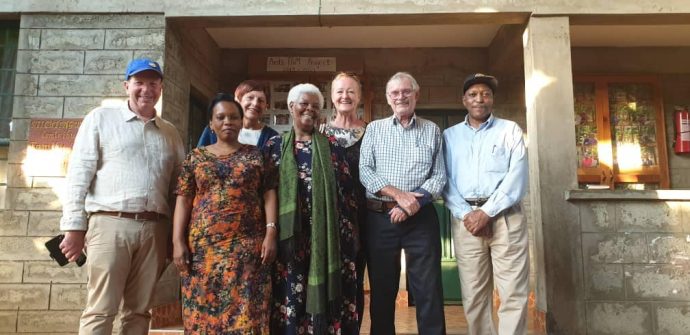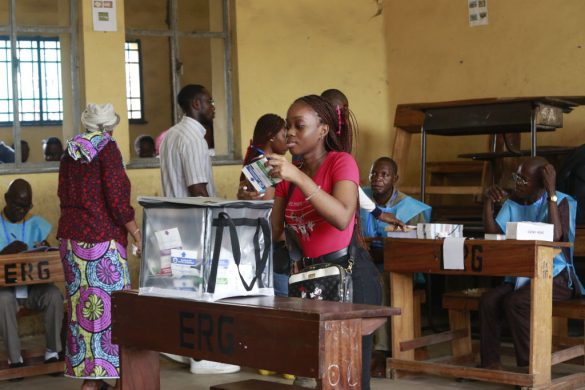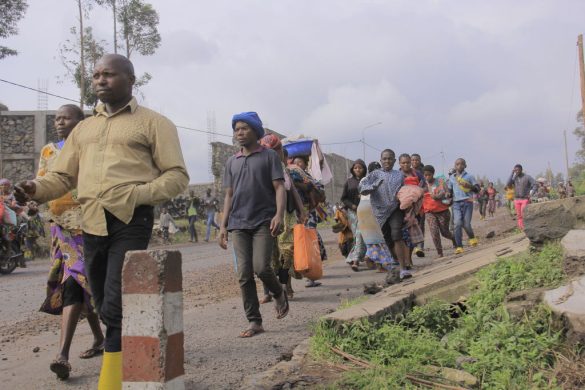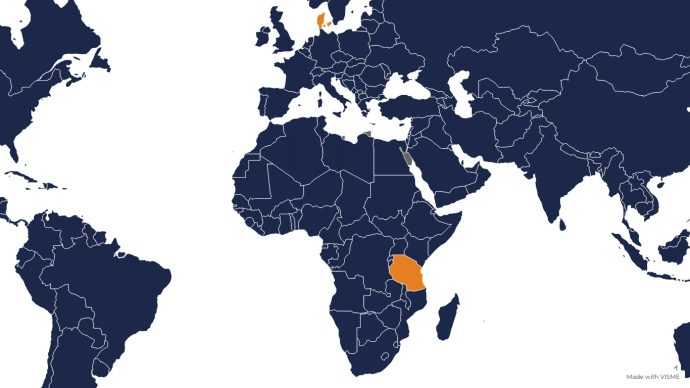16 November 2016 (Médecins Sans Frontières): A critical situation is unfolding for hundreds of thousands of refugees in Tanzania, with camps now at full capacity. Fleeing the crisis in Burundi, the rate of refugee arrivals has increased almost five-fold in the last four months.
Nearly a quarter of a million Burundian and Congolese refugees are now crammed into three overstretched camps while discussions on a fourth camp to host those still crossing the border continue to stall.
“With total refugee numbers in the three camps predicted to hit more than 280,000 by the end of 2016, this is rapidly becoming one of Africa’s biggest refugee crises,” says David Nash, Head of Mission for Médecins Sans Frontières (MSF).
10.000 flygtninge fra Burundi – om måneden
But despite warnings made by MSF in May this year, little has been done to scale up assistance. Nduta camp, to where newly arrived refugees are being sent, is now full. Up to 10,000 refugees from Burundi are now arriving in Tanzania each month, and another 850 from Democratic Republic of Congo also arrived in October.
“The current humanitarian response – especially in terms of shelter, water and hygiene – will be unable to keep up with the huge numbers of people arriving,” says Nash. “With the unrest in Burundi showing no signs of abating, it is crucial that international assistance to the humanitarian effort in Tanzania is rapidly stepped up.”
Over recent months, food distribution has been threatened with cuts due to lack of funds. In October, the World Food Programme officially announced a cut in food rations to 60% of the daily recommended nutritional intake, a step only forestalled by a last minute donation. As the numbers of refugees increase, the risk of further cuts in the near future is a pressing concern.
Risiko for malaria
In malaria-endemic Western Tanzania, refugees from Burundi are extremely vulnerable to contracting the mosquito-borne disease. New arrivals to Nduta are temporarily housed in overcrowded communal shelters with up to 200 people, where the risk of transmission is even higher. While currently they are being transferred to smaller family tents after a few days, there are no guarantees that there will be sufficient shelter for the massive numbers who continue to cross the border.
“With the rainy season approaching, we expect another spike in the disease among refugees,” says Nash. “As we saw last year in Nyarugusu, overcrowded and unsanitary living conditions, where stagnant water provides a breeding ground for mosquitoes, only magnify this. Weakened from travel, pregnant women and children are particularly vulnerable.”
Between January and August 2016, MSF teams in Nyarugusu and Nduta treated 72,644 cases of malaria, a large proportion of which were complicated cases. Ahead of the peak season, teams are again preparing for another influx of patients.
MSF is again calling for an increase in the international aid efforts. “The Tanzanian Government – which has kept open its borders to respond to this crisis – should not have to shoulder the responsibility alone. A rapid scale-up of assistance is required.”



